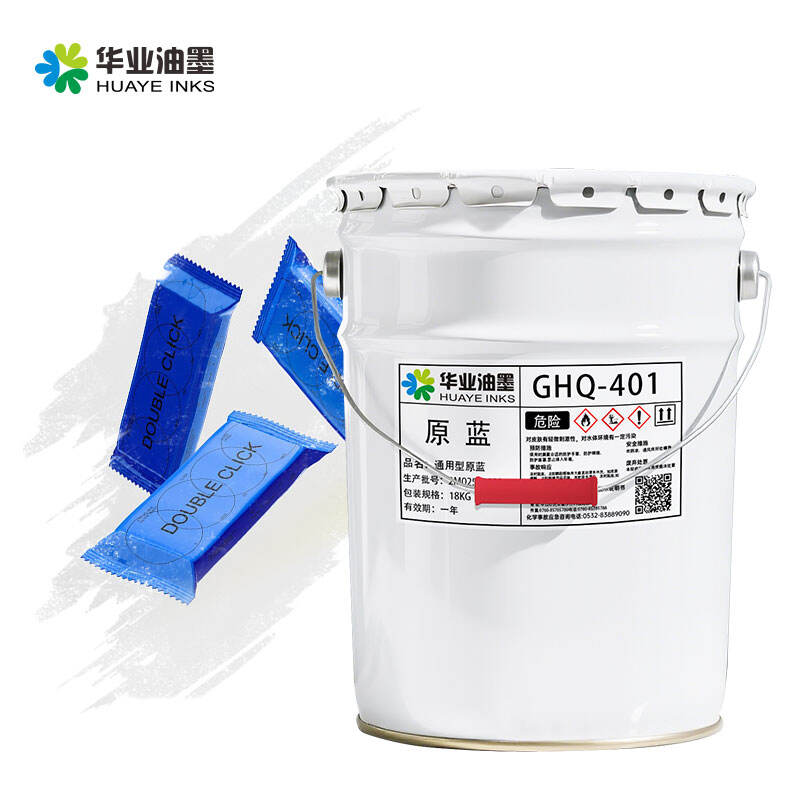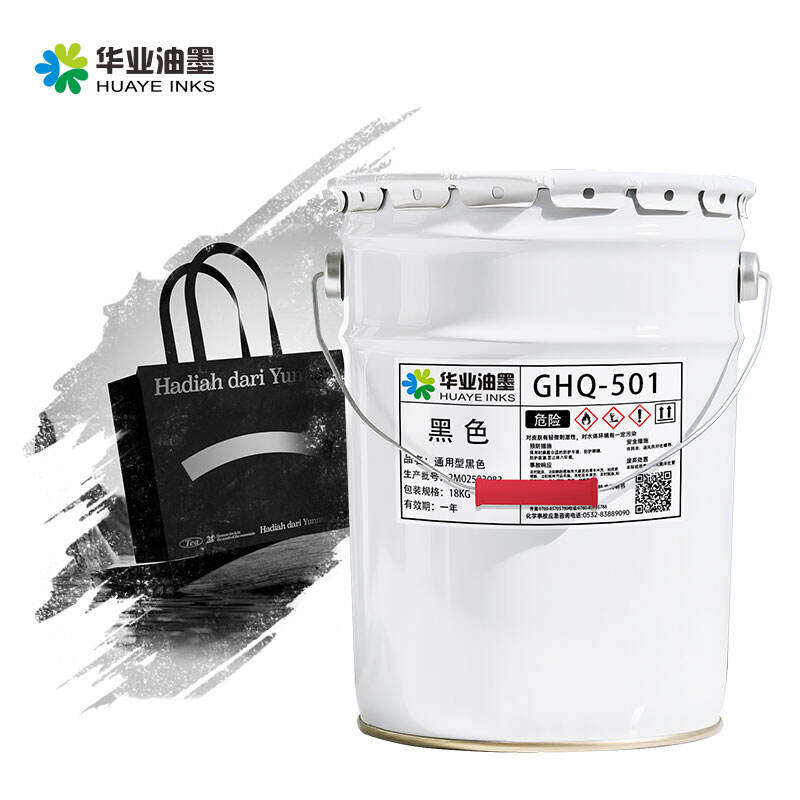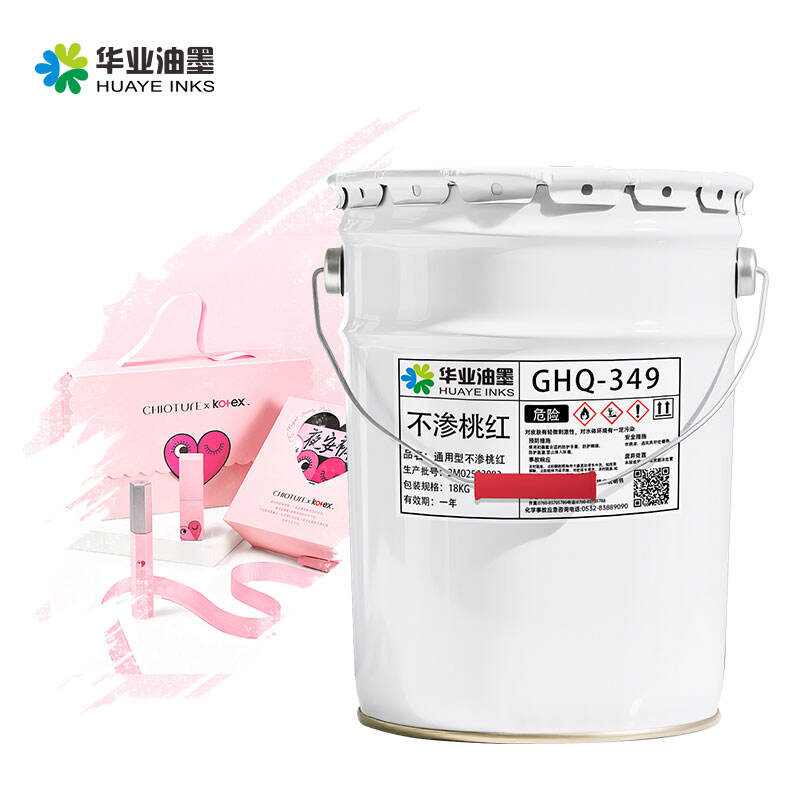No.2 Jieqing Road ,Shazai industrial Park, Minzhong Zhongshan City, Guangdong Province
Solvent ink printing has emerged as a prominent and widely used printing method across various industries, offering a combination of high - quality output, efficiency, and versatility. This printing technology is based on the use of inks that contain volatile solvents, which play a crucial role in the printing process and the final properties of the printed products. The working principle of solvent ink printing lies in the evaporation of solvents. When the solvent - based ink is applied to the substrate, the solvents quickly evaporate, leaving behind the pigments and binders that form the printed image. This rapid drying mechanism is one of the key advantages of solvent ink printing, as it allows for fast - paced production. In high - volume printing operations, such as in the packaging and label industries, the quick drying of solvent inks reduces the drying time between printing passes, significantly increasing the overall production efficiency. Solvent ink printing can achieve excellent print quality. The inks are formulated with high - quality pigments that can produce vibrant, sharp, and detailed prints. They can reproduce a wide range of colors with good color accuracy, making them suitable for applications where visual appeal is important, such as in advertising, product decoration, and graphic design. The inks' ability to adhere well to various substrates, including plastic, metal, glass, and synthetic materials, further enhances their versatility. Another advantage of solvent ink printing is its compatibility with different printing techniques. It can be used in digital inkjet printing, where precise control over the ink deposition allows for high - resolution prints and customization. It is also commonly used in flexographic and gravure printing for large - scale production of labels, packaging, and other printed materials. This adaptability to different printing methods makes solvent ink printing a preferred choice for many printing businesses. However, solvent ink printing is not without its challenges. The use of volatile solvents in the inks can lead to the release of VOCs into the atmosphere, which has environmental and health implications. In response, the industry is actively exploring more sustainable alternatives, such as low - VOC or solvent - free inks, and improving ventilation and waste management systems in printing facilities to minimize the impact. Despite these challenges, solvent ink printing continues to evolve and remains an important printing technology due to its superior performance and wide - ranging applications.


